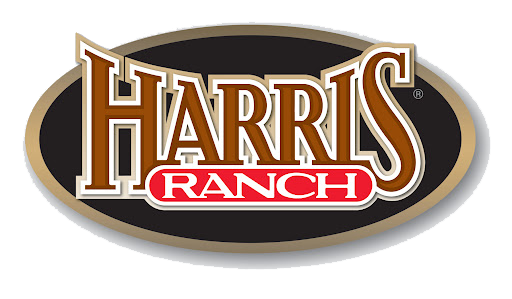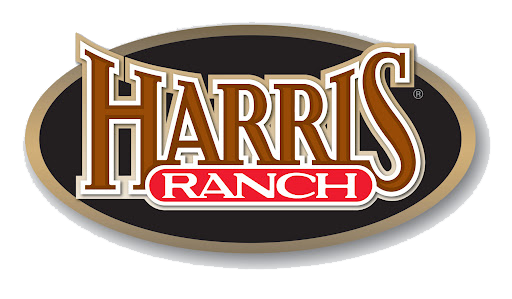What are you looking for?
Search
FAQs
Do you feed antibiotics or hormones?
No, none of our animals are fed antibiotics or growth hormones throughout the course of their lives.
Are the cattle finished with grain?
Never! From the moment our animals are weaned from their mothers, they consume high quality forage for the rest of their lives. Not only is grain-finish counter to the values of grass-fed farming, but a change to a starchy grain diet can undo omega 6:3 ratios and CLA values in 30 days.
What do cattle eat in the winter?
For our midwest farms, the onset of winter doesn’t mean the end of grazing for our animals—there is still stock-piled forage that they consume until it is harvested or snow is an issue. When snow makes grazing impossible, we feed our animals our own hay, which is pasture grass that is harvested and stored when dry. Baleage, fresh pasture grass that is cut at optimal freshness, stored and vacuum packaged while moist, allows for nearly green grass in January. During harsh weather, we supplement with a starch-free grass plant protein for added energy and protein. We never use grain (starch) as it will ruin excellent lipid chemistry. We're also blessed to have farms in southern Alabama and Tazmania where conditions are nearly utopian for year round grazing.
Where are cattle harvested? Is it humane?
The animals are tended as humanely as possible up to point of slaughter to minimize stress. The process is done as quickly as possible to eliminate animal trauma or suffering. And we are sticklers about cleanliness: We demand a steam-cleaned facility for the slaughter process in order to eliminate all risk of cross contamination with grain-fed animals, and we strictly adhere to the USDA’s Hazard Analysis and Critical Control Point (HACCP) standards. In over a decade with our current abattoir, we have yet to see any evidence of adrenaline-rush damage (an immediate stress indicator) in the meat tissue after slaughter. And in keeping with our tradition of supporting outstanding family businesses, our facility is family-owned with six members of the same family involved in overseeing daily operations.
Are your meats aged?
Beef is aged. Aging is critical to a tender, flavorful beef product. Meat is cut into sub-primal cuts and aged for an average of 30 days before it is cut into retail portions. Wet aging allows for the breakdown of collagen, essential to infusing fat through the meat. In order to ensure freshness, wet aging is done in a vacuum package to improve meat safety.
Fats (tallow, lard, and duck fat) are not aged, but rather the fat is frozen and rendered as needed.
Organ meats are not aged; organ meats are delicate, and need to packaged quickly after harvest.
Pork is not aged, but it is chilled ~5 days prior to fabrication.
Bison The majority of our Bison is not aged since it is so lean to begin with and intramuscular fat is needed to age meats; Bison hangs for ~48 hours to chill the carcass prior to fabrication. The Bison Ribeye Steak & Bison Top Sirloin Steak are aged for 21 days for added tenderness and flavor.
Lamb, Goat, Elk, and Venison is not aged; it is chilled for ~48 hours prior to fabrication.
Chicken, Duck, Turkey, and Rabbit is not aged; it is frozen after harvest and fabrication.
Seafood is not aged; the frozen seafood selections are processed and frozen immediately after the initiation of harvest.
Canned Seafood Most customers with histamine sensitivities prefer to order frozen seafood selections and avoid canned seafood. Should you consider including canned seafood in your diet, our supplier (Vital Choice), shares that tuna has been reported to cause more histamine issues based on their customer feedback. For histamine sensitivity concerns, Vital Choice recommends either their canned salmon, sardines, or mackerel instead of their canned tuna.
What is a "primal" and a "sub-primal"?
There are nine primary cuts of beef in a harvested animal, and these are known as “primal.” You can learn more about each primal cut here. It is possible to cut each of these primal into smaller “sub-primal” cuts. For example, a short loin is sub-primal of the loin primal. A tenderloin and a striploin are also sub-primals of the loin primal. You can save significant money on our meat by ordering a primal, and cutting it into retail cuts at home.
How can I learn about the different cuts of meat?
Please visit our “Learn Your Cuts” page for more information.
What is the difference between "fresh chilled beef" and regular beef products?
Most US Wellness Meats products are stored and shipped frozen, but a small selection of “fresh chilled beef” has never been frozen and will arrive at your door fresh and cool to the touch. Like our regular beef products, it is forage-fed and aged for optimal tenderness and flavor. Please note, fresh chilled beef ships the third Wednesday of every month and arrives separate from frozen products. Please note the shipping schedule listed in the web store. For more information, visit our Fresh Chilled Blog.
Why will some vacuum ground beef packages show color differences?
US Wellness Meats uses cryovac vacuum packaging on bulk burger and patties in order to guarantee that our packaging is the safest possible. Vacuum-sealing ground beef packages will often remove some oxygen from the beef itself, this can result in varying surface color on all four sides of the package. This is an appearance issue only and will not result in taste or flavor concerns. US Wellness has never ever used food dye to mask the dull color of vacuum sealed ground beef.
Are the "processed" products (sausage, franks, pre-cooked products, etc.) also made from grass-fed beef?
Yes. All beef products on our site are made with 100% US Wellness Meats grass-fed beef.
How do I find the ingredients in any prepared product?
Ingredients are listed on the individual product page. Click “details” to read the full product description. Feel free to contact our office with any specific questions or concerns.
What is pemmican and how does it fit into my diet?
Centuries ago, the Native Americans of the Great Plains developed pemmican as a means of preserving fat and protein. Pemmican was a blend of tallow (40%), air-dried jerky (60%), and seasonal berries and raw honey, if available. With dried berries acting as a natural preservative and added energy from honey, pemmican was—and still is—a wonder food. US Wellness Meats pemmican is:
- A super snack bar, best opened when frozen for ease of opening;
- Ready to consume after 15-20 minutes at room temperature;
- A delicious and healthful addition to scrambled eggs, green beans or meat loaf.
How long can US Wellness Meats products be stored in the refrigerator? Freezer?
Storage time varies from product to product. On average, we say three to seven days in the refrigerator, and up to several years in the freezer as long as the vacuum seal holds.
Do you use mRNA vaccines?
No. None of our animals receive mRNA vaccines and we have no intention of doing so.

